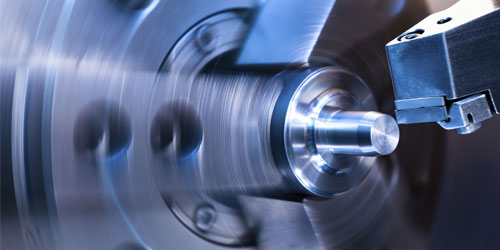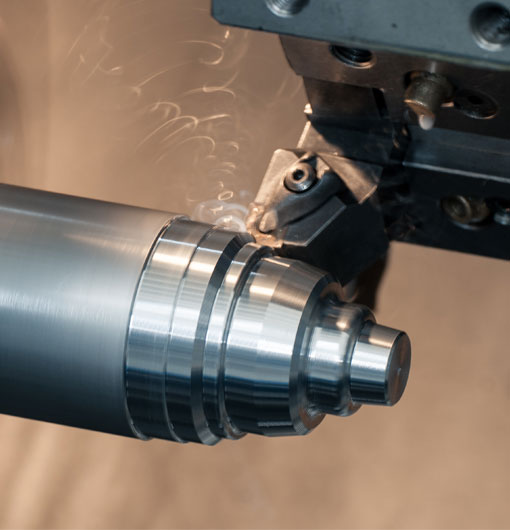The art of CNC turning has been revolutionizing the fabrication industry with its exceptional designs and remarkable accuracy. In the center of this technological miracle known as CNC turning exists an essential feature known as the CNC turning diagram. This post hopes to delve deeper, elucidating the nitty-gritty involved in CNC turning diagrams and how they influence the overall turning process.
Delving Into the Basics
If you're a novice in the realm of Computer Numerical Control (CNC) turning, you might be wondering what a CNC turning diagram really is. Simply put, it is a graphical representation that guides the CNC machine on how and where to move during the fabrication process. The CNC turning diagram is a roadmap, a set of instructions that leads to the creation of highly precise and intricate designs.
The Role of CNC Turning Diagrams in the Turning Process
This functionality of CNC turning diagrams is intrinsically tied to the turning process. CNC turning is a manufacturing technique in which bars of material are held in a chuck and rotated while a tool is fed to the workpiece to remove material, thus creating a variety of symmetric shapes. The turning diagram orchestrates this function by translating design instructions into machine language, guiding every move from start to finish.
Breaking Down the CNC Turning Diagram
Now that we've established a basic understanding of what a CNC turning diagram is and its role, let's dissect the diagram itself. CNC turning diagrams usually consist of a variety of lines, shapes, and numbers, each symbolizing a specific aspect. Some commonly seen elements in these diagrams include:
1. Dot Lines- used to represent the rapid motion of the tool head, meaning no material is removed during this motion.
2. Solid Lines- represent the actual cutting movements, the creation of the design.
3. Arcs or Circular Lines- signify round or curved sections of the design.
4. Numerical Values- indicate dimensions, spindle speed, feed rate, etc.
Decoding the Diagram
While the CNC turning diagram might seem complex to the untrained eye. As you gain experience and familiarity with the system, you will quickly learn to decode these diagrams and understand their true essence.
Understanding the CNC turning diagram is crucial for every operator as it guides the machining process, ensuring the production of precisely manufactured parts. Each element carries significance, from dot lines illustrating tool movements without cutting, to solid lines dictating the actual shaping of the material. Understanding how these elements interplay can influence the success of your turning project.
Unfolding the Complexity
Above all, what's important to understand is that the CNC turning diagram unfolds the complexity of this process into a comprehensible visual guide. While the CNC turning machine does a brilliant job of replicating minute designs with impressive precision, it is, in reality, the CNC turning diagram that lays out the blueprint for this invention.
Utilizing the tool effectively involves understanding and becoming skilled at interpreting these diagrams. The key to achieving this lies in practice – through constant exposure and the willingness to continually learn.
In this ever-evolving technological world, CNC turning continues to make a significant mark in industries, from automotive to medicine. The CNC turning diagram, a reflection of this evolving intelligence, is a remarkable aid in understanding and handling this process competently.
Essentially, CNC turning diagrams provide a clear, visual guide for operators, eliminating the guesswork often associated with traditional manufacturing techniques. With the help of these diagrams, tasks are executed efficiently, and high quality, intricate designs are created with ease. So, whether you're a novice or an expert, a solid understanding of CNC turning diagrams is a must-have skill in your repertoire.
For Now
As we've seen, the CNC Turning diagram is an integral part of the CNC turning process. An understanding of these diagrams can enhance your CNC turning skills, leading to more accurate and precise work. Keep in mind, the key to becoming proficient at understanding and working with these diagrams lies in patience and practice.
Not the end of this fascinating topic, join us in our next edition as we continue to explore more aspects of CNC turning and the marvels of this technologically-advanced machining world.
Stay tuned as we turn the ordinary into extraordinary with our discussions on CNC turning diagrams.
cnc turning diagram













